Burgundy Wine Trail
Touring the Burgundy Wine Trail
Touring the Burgundy Wine Trail is a voyage of discovery, where you’ll learn about life in Burgundy and the region’s wine, its cuisine, and its extraordinary historical heritage. Among the tourist attractions along your route, we recommend that you stop at Beaune, Burgundy’s wine capital, and take the time to visit the town’s famous charitable hospitals. You’ll travel from appellation to appellation and will be surprised to encounter village names that you’ll recognise from the labels of your favourite bottles of Burgundy: Chablis, Gevrey-Chambertin, Chambolle-Musigny, Meursault, Pommard, Puligny-Montrachet, and Rully… Stop off to meet with Burgundy’s wine growers, who are proud of their land and its produce, and taste their wines as you go.
This journey through the local wine culture, with its visits to the wineries of wine cooperatives, wine traders, and the wine-growing estates themselves, will also take you through a region with an incredible culinary heritage and unique local produce (if we only had to name one, we would choose Epoisses, the famous local cheese).
The map of wine trails in Burgundy
Burgundy extends over several French departments and several different wine regions: from Chablis to Mâcon, you’ll need to cover 220 kilometres to go from end to end – which means you’ll end up discovering an enormous territory and a multitude of different terroirs.
Burgundy wine route getaways
-
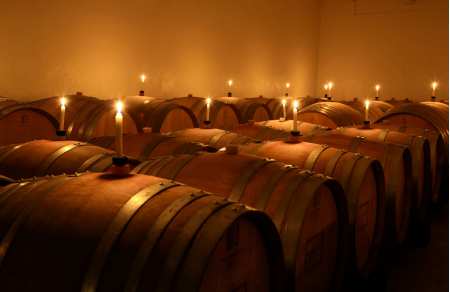 from
295 €
per pers.
2 days | 1 night
from
295 €
per pers.
2 days | 1 night -
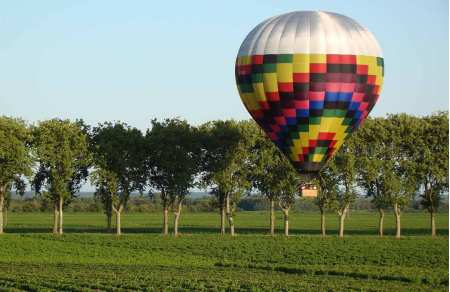 from
535 €
per pers.
2 days | 1 night
from
535 €
per pers.
2 days | 1 night -
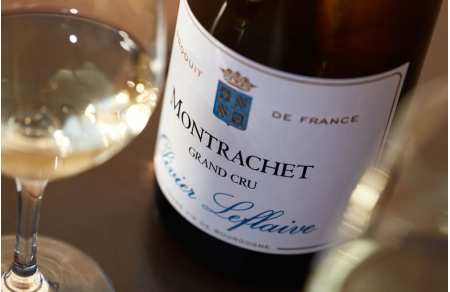 from
475 €
per pers.
from
475 €
per pers.
-
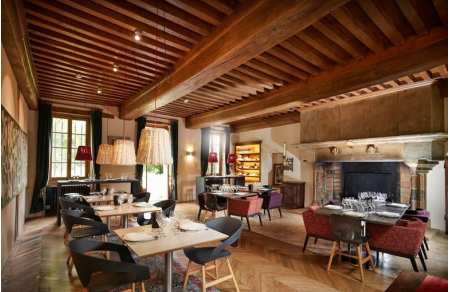 from
440 €
per pers.
3 days | 2 nights
from
440 €
per pers.
3 days | 2 nights -
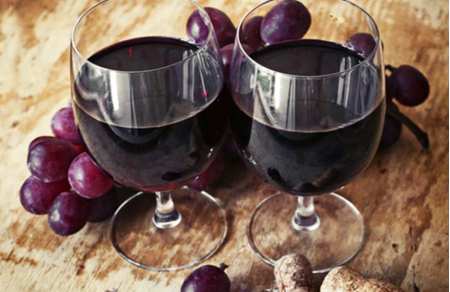 from
110 €
per pers.
2 days | 1 night
from
110 €
per pers.
2 days | 1 night -
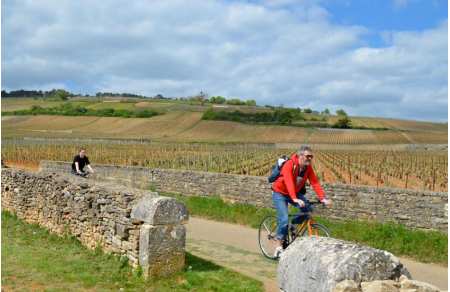 from
180 €
per pers.
2 days | 1 night
from
180 €
per pers.
2 days | 1 night -
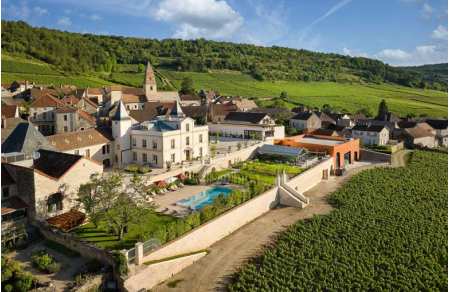 from
360 €
per pers.
2 days | 1 night
from
360 €
per pers.
2 days | 1 night -
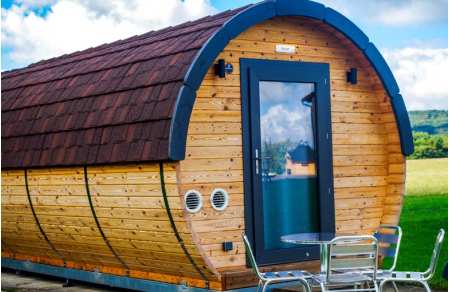 from
210 €
per pers.
from
210 €
per pers.
-
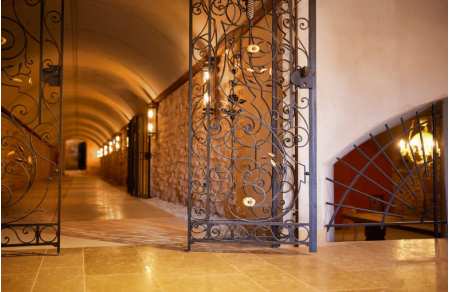 from
145 €
per pers.
2 days | 1 night
from
145 €
per pers.
2 days | 1 night -
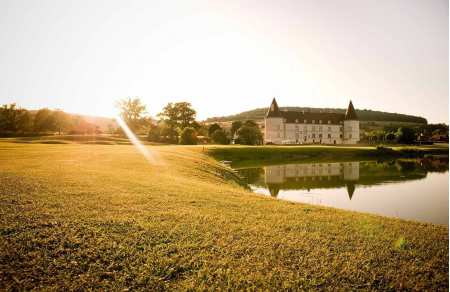 from
795 €
per pers.
3 days | 2 nights
from
795 €
per pers.
3 days | 2 nights -
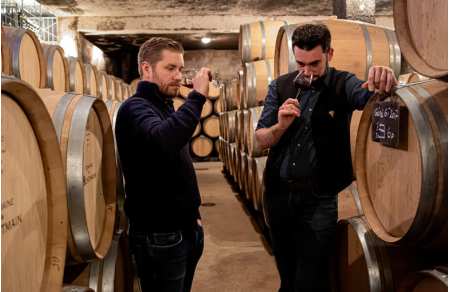 from
140 €
per pers.
from
140 €
per pers.
-
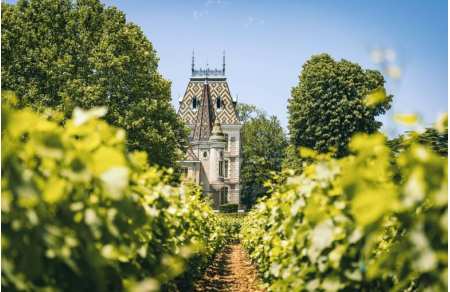 from
125 €
per pers.
New
from
125 €
per pers.
New
Routes along the wine trails of Burgundy
There are five main routes to allow you to discover the wines of Burgundy, which will take you from the north to the south of the region, from Dijon to Mâcon via Beaune. Each of these trails will give you a new insight into the region and its wines.
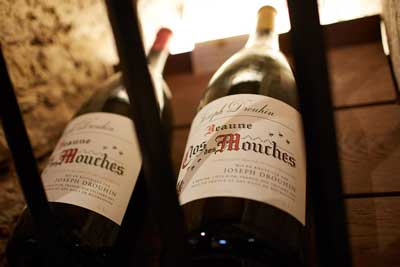
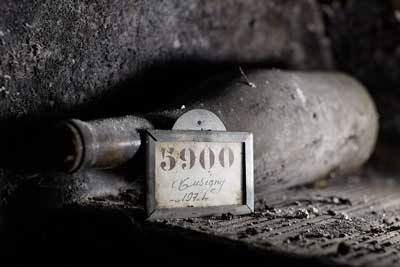
The Burgundy Grands Crus Trail, in the Côte de Nuits and Côte de Beaune regions
Over a distance in excess of 60 kilometres, from Dijon to Santenay, the opportunity arises to travel the legendary Route Nationale 64, which crosses the Côte de Nuits and Côte de Beaune regions, with the world-famous villages that give their names to some of Burgundy’s greatest Grands Crus – with names such as Vougeot and Romanée-Conti! This route, which was given official status in 1995, has plenty of signs to minimise the risk of you getting lost.
The Grands Vins Trail through the Côte Chalonnaise
Extending the Grands Crus Trail a little further beyond the road takes you on a journey of discovery into the Côte Chalonnaise. Passing through approximately forty villages with Roman churches and orchards, some of the most famous wine appellations that you will encounter include Rulley and Mercurey for red wines and Montagny and Givry for white wines.
The Yonne wine growing region
Stroll through the areas of Chablis, Auxerre, and Tonnerre: the Yonne, which is primarily known for Chablis, offers a wide range of different wines to explore.
The Mâcon wine tour
At the very south of the Burgundy wine growing region, the Mâcon tourist trail leads you on a journey in the footsteps of wines including Mâcon, Pouilly-Fuissé and Saint-Véran. Nearby, a short detour takes you to the fabulous Rock of Solturé, while Cluny Abbey is another must-see!
Discover Bourgogne’s sparkling wines
Winemakers will greet you as you follow the trail of Bourgogne’s sparkling wine or crémant, tasting all the different varieties blanc de blancs, blanc de noirs and rosé, ambling through the countryside around Châtillon on a voyage of discovery.
Explore France’s other wine routes
- The Bordeaux Wine Trail
- The Alsace Wine Trail
- The Champagne Route
- The Loire Valley Wine Trail
- The Languedoc-Roussillon Wine Trail
- The Provençal Wine Trail
- The Rhone Valley Wine Trail
- The Beaujolais Wine Trail
- The Southwestern Wine Trail
- The Jura Wine Trail
- The Savoy Wine Trail
- The Corsican Wine Trail
- The Ile-de-France Wine Trail
